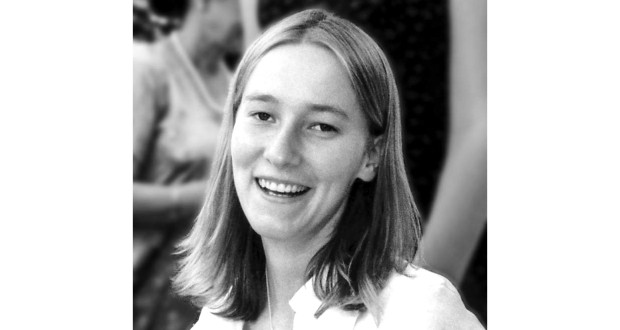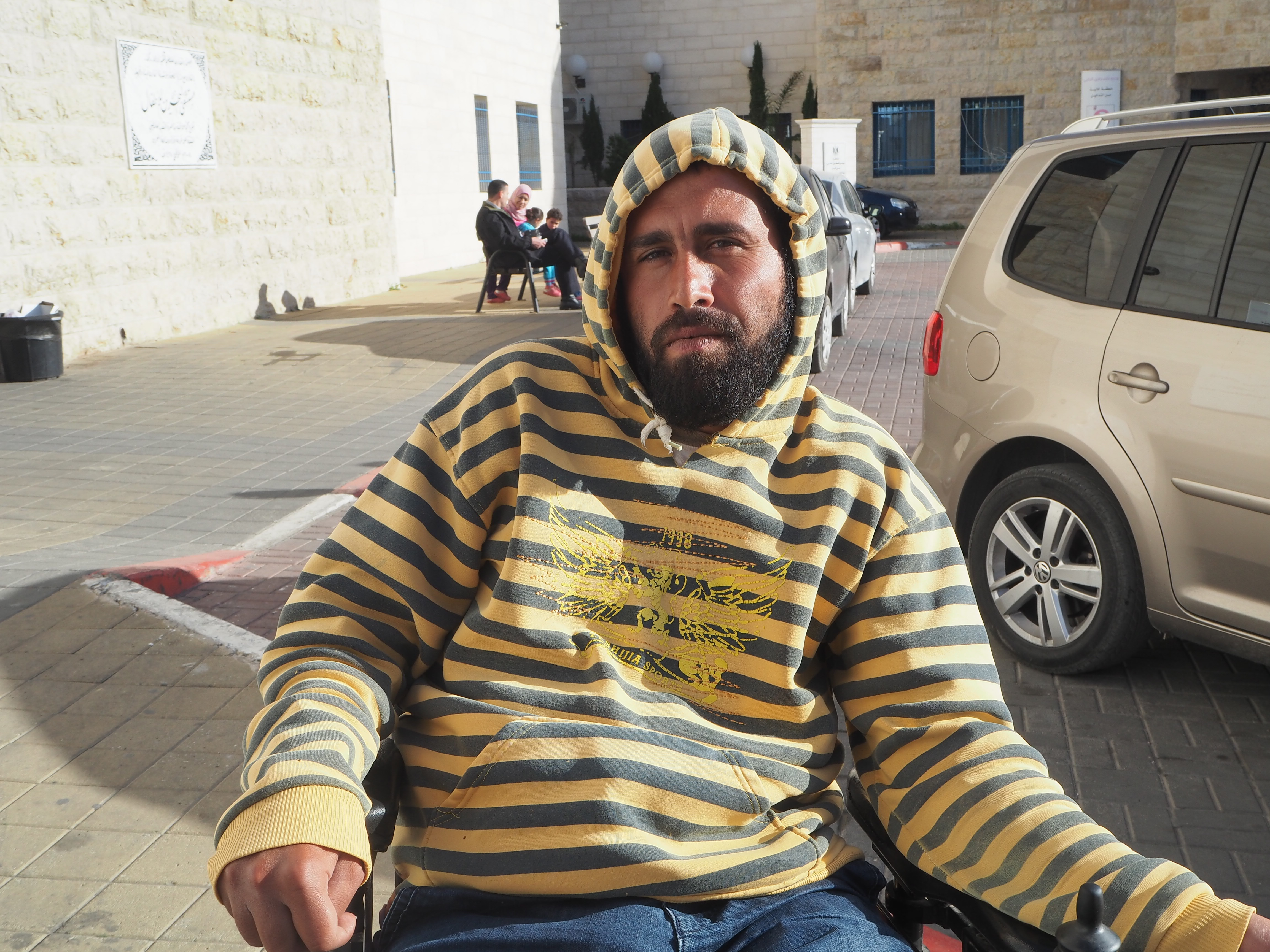Tag: Apartheid Wall
-
The 13th anniversary of Rachel Corrie’s death
15th March 2016 | International Solidarity Movement, al-Khalil team | Gaza, occupied Palestine Today marks the thirteenth anniversary since the passing of fellow ISM activist Rachel Corrie (April 10, 1979 – March 16, 2003). Rachel was tragically crushed to death under the front blade of an Israeli military, American funded, Caterpillar D9R bulldozer near Rafah, in the…
-
A new ISM’ers personal experience on Bil’in and tear gas
15th March 2016 | International Solidarity Movement, al-Khalil team | Hebron, occupied Palestine Miguel and Kolla came this morning from the al-Khalil team (several years ago it feels) and we went to Bil’in as planned for my first demonstration. The easiest thing to do is simply to describe it: We waited a while for people…
-
Rani Burnat from Bil’in
15th March 2016 | International Solidarity Movement, al-Khalil team | Bil’in, occupied Palestine Rani Burnat is an extraordinary human being in more ways than one. He was left paralysed from an injury sustained during the second intifada, learned to live the remainder of his life in a wheelchair, fathered three children (triplets) and now continues…



